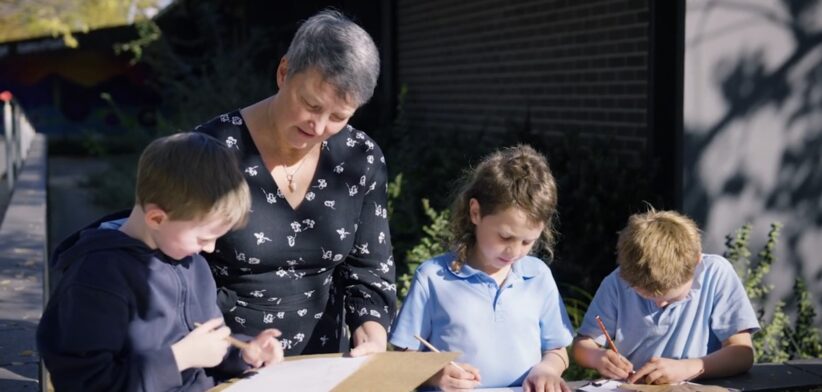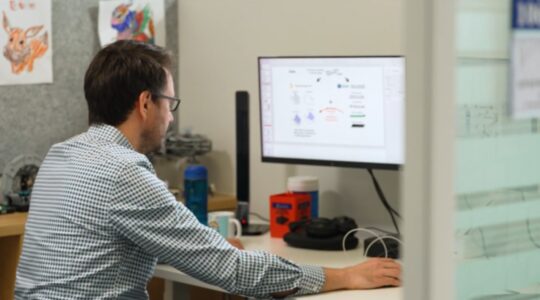Two new sets of resources for primary schools aim to enhance learning inside and outside the classroom.
At the same time as the Australian Academy of Science (AAS) rolls out a new resource to help teachers deliver the science and mathematics curriculum to young minds, a team of urban horticulturists, ecologists and psychological scientists have created a new initiative to show why green spaces in primary schools could help Aussie children flourish.
Delivered through Hort Innovation and led by the University of Melbourne, the Better green spaces in Australian primary schools initiative translates growing evidence on the benefits of green spaces at school into practical resources.
Hort Innovation General Manager for Production and Sustainability Dr Anthony Kachenko said the resources would provide a rationale for why green spaces were important in primary schools, how different types of green spaces contributed to children’s development, health and wellbeing and what capacity existed to expand and enhance green spaces within typical school grounds.
“The practical resources developed through this program will help grow the demand from students, teachers, and the broader school community for more varied and multi-functional green spaces at school, based on the important role they play in child development, school experiences, and the health and wellbeing of students and teachers,” Dr Kackenko said.
Teachers will also be supported with new free interactive online teaching toolboxes from the AAS.
AAS President Professor Chennupati Jagadish said the new resources focused on supporting teachers to build their students’ science knowledge and maths proficiency along with boosting the teacher’s own professional learning.
Professor Jagadish said the Primary Connections and reSolve resources were reimagining how professional learning could be delivered to support teachers to build their capability and confidence.
“The resources are full of research-based strategies to build teachers’ knowledge for teaching science and mathematics and can be adapted to meet the needs of the range of learners in the classroom,” Professor Jagadish said.








